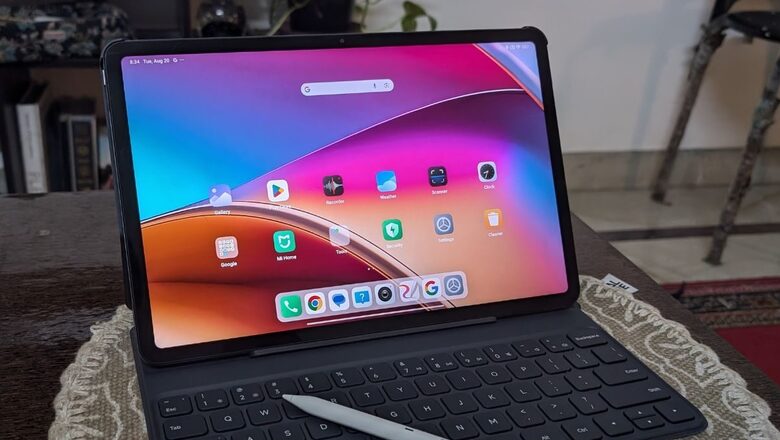
views
The Pro tablet universe got a new addition recently in the form of the Redmi Pad Pro. Xiaomi’s sub-brand is looking to bring compelling products to more consumers and the Redmi brand is being used as the vehicle once again. The Redmi Pad Pro is bigger and more powerful than the Redmi Pad, and the Pad SE models.
You also get 5G support via SIM on the device and for a price tag of Rs 21,999 you should ideally expect reliable performance, capable display and other set of features, including long backup. So, does the Redmi Pad Pro manage to deliver on all these fronts? We tested the device to find out.
The Metallic Effect
The first thing you notice while holding the Redmi Pad Pro is the focus on build quality for a mid-range tablet. The metal unibody design is a much better choice compared to the plastic panel that brands use for their products in this range.
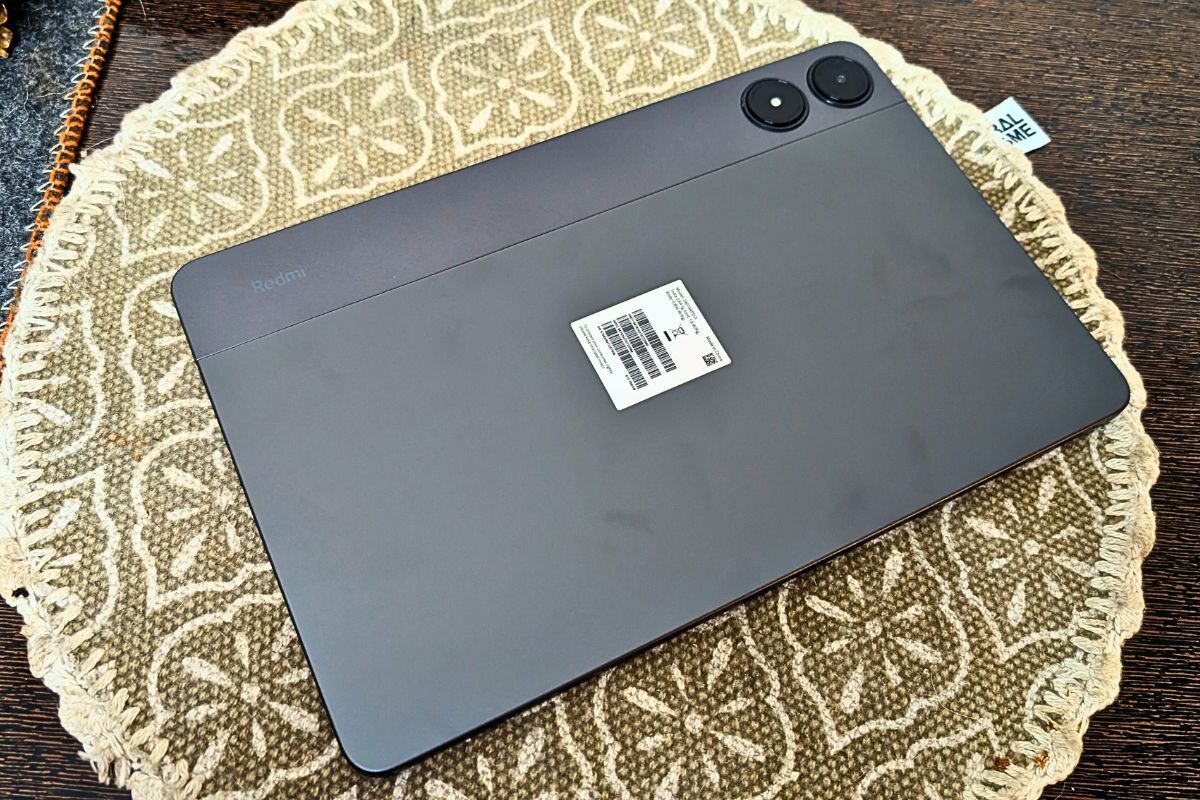
But with the growing demand for longevity with products, Redmi Pad Pro is a step in the right direction. The dimensions of the tablet are also quite impressive when you consider it packs a 10,000mAh battery.
The tablet weighs 568 grams and comes with a thickness of 7.52mm without the keyboard case. At the back, you have the two camera rings which houses the sensor and LED flash on the other.
The Big, Bright Display Shines
Redmi Pad Pro gets a wide ratio 12.1-inch LCD display similar to the screen size on the OnePlus 2. The Pad Pro display offers punchy colours and with this panel you get a high level of contrast and brightness. It does support Dolby Vision which means watching content will be enjoyable.
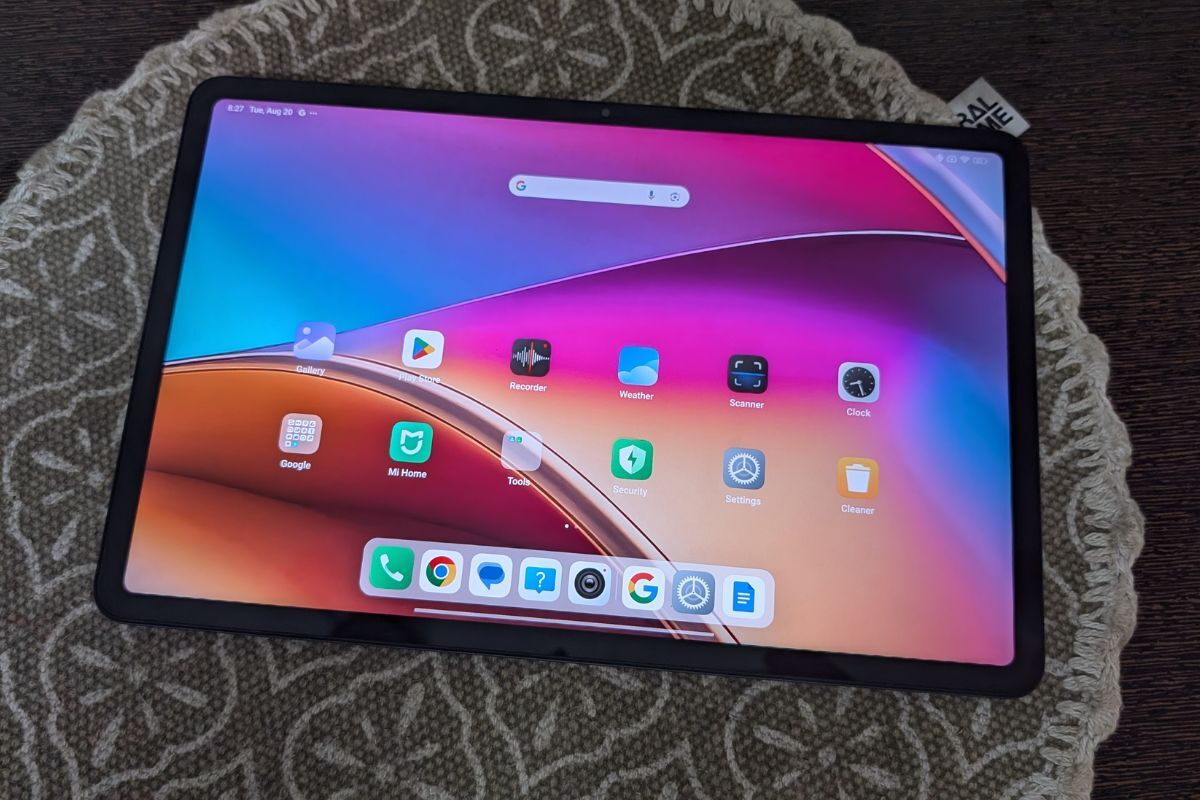
The wide screen offers decent viewing angles, the colours don’t look washed out and most people will be happy with the quality on offer. We didn’t get to test the Redmi Pad Pro outdoors but the brightness level looks good enough to handle such conditions.
Reliable Performer
Redmi Pad Pro is powered by the Snapdragon 7s Gen 2 and you get it with up to 8GB RAM and 256GB storage. This hardware is reliable and an all-rounder that will get the job done and never try to overdo beyond its level. By that we mean, you can play games on the Redmi Pad Pro but not at the highest settings, where the shortcomings of the chipset become evident. Having said that, this is never aimed at the power gamers, so for casual gamers and games, the Redmi Pad Pro is more than enough.
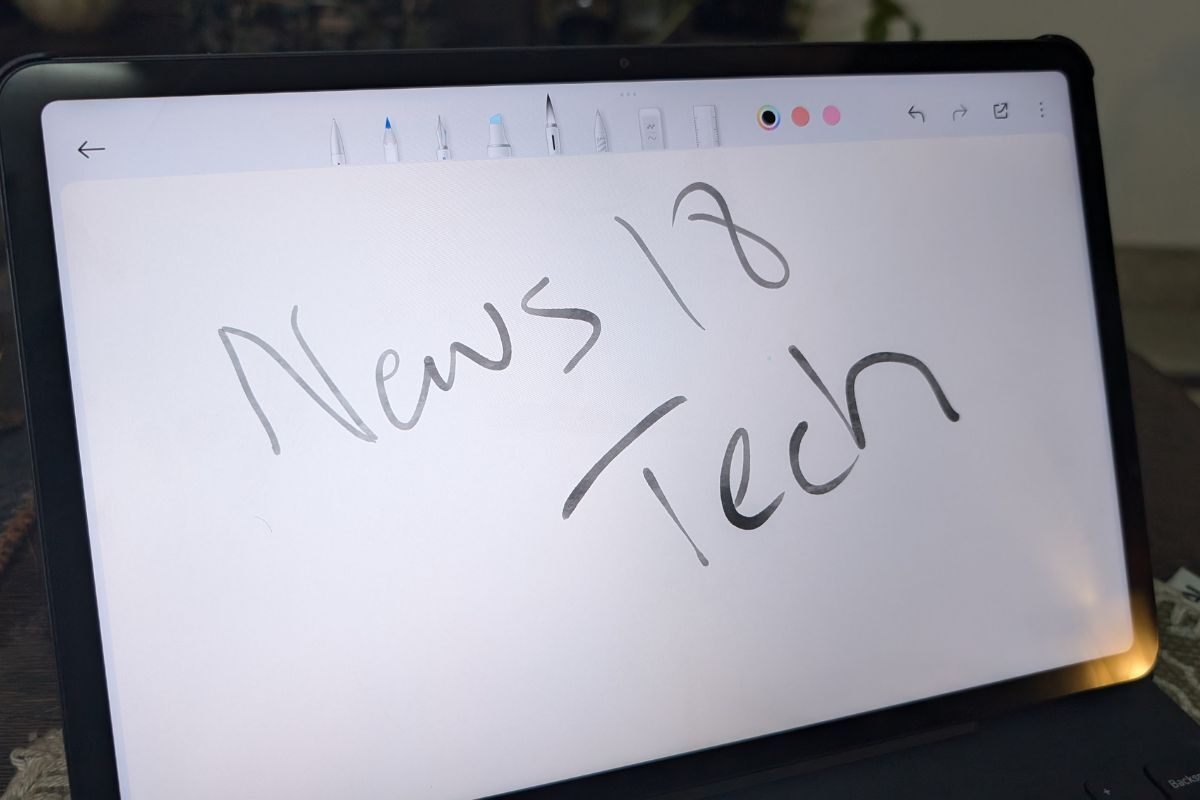
The tablet can let you access multiple screens at the same time and we didn’t notice any lag while using them. Xiaomi’s choice of the chipset for this price range is ideal and keeps most people happy even though it is not the true Pro level performance that many have come to expect with the moniker.
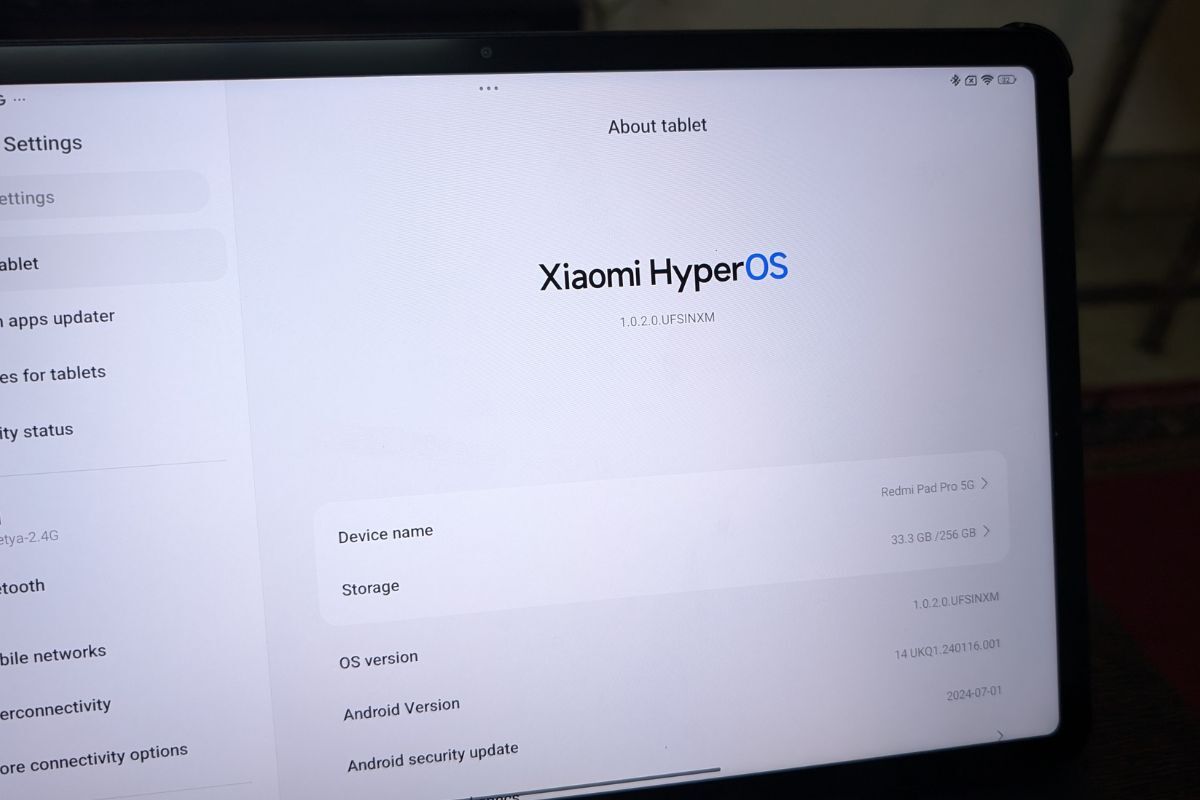
On the software front, you have the new HyperOS version out of the box based on Android 14 and the Pad Pro will get 2 years of OS upgrades with an additional year of security patch. The OS has been customised to run on the tablet but once again, you have Android as its achilles heel. The HyperOS promise is also part of Xiaomi’s building ecosystem and if you use a Xiaomi or a Redmi phone, the Pad Pro becomes a seamless mode of work structure.
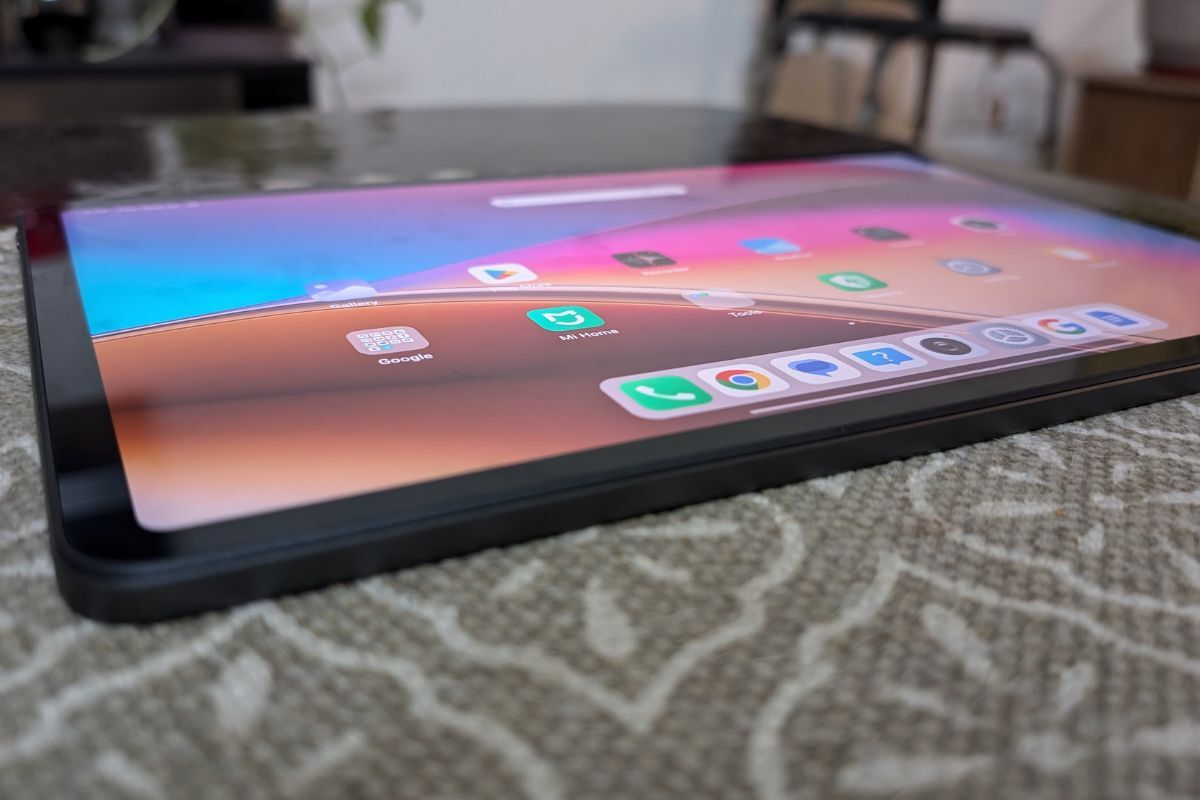
The device packs a 10,000mAh battery which supports 33W charging speed. With a unit this big you can easily coast through a day’s use for normal tasks like taking notes, watching videos and some casual gaming. If you don’t do a lot of multimedia activities, the Pad Pro can run even longer. The bundled charger manages full charge in over 2 hours which is decent for a battery of this capacity.
The Real Pro Impact
The Redmi Pad Pro also gets the keyboard and stylus bundle which is also available for purchase from the brand. The smart keyboard might not appeal at first but the typing experience because of the travel on the 64 set of keys and its size makes it a surprising hit. We had a comfortable time writing this review on the Redmi Pad Pro using its bundled keyboard.
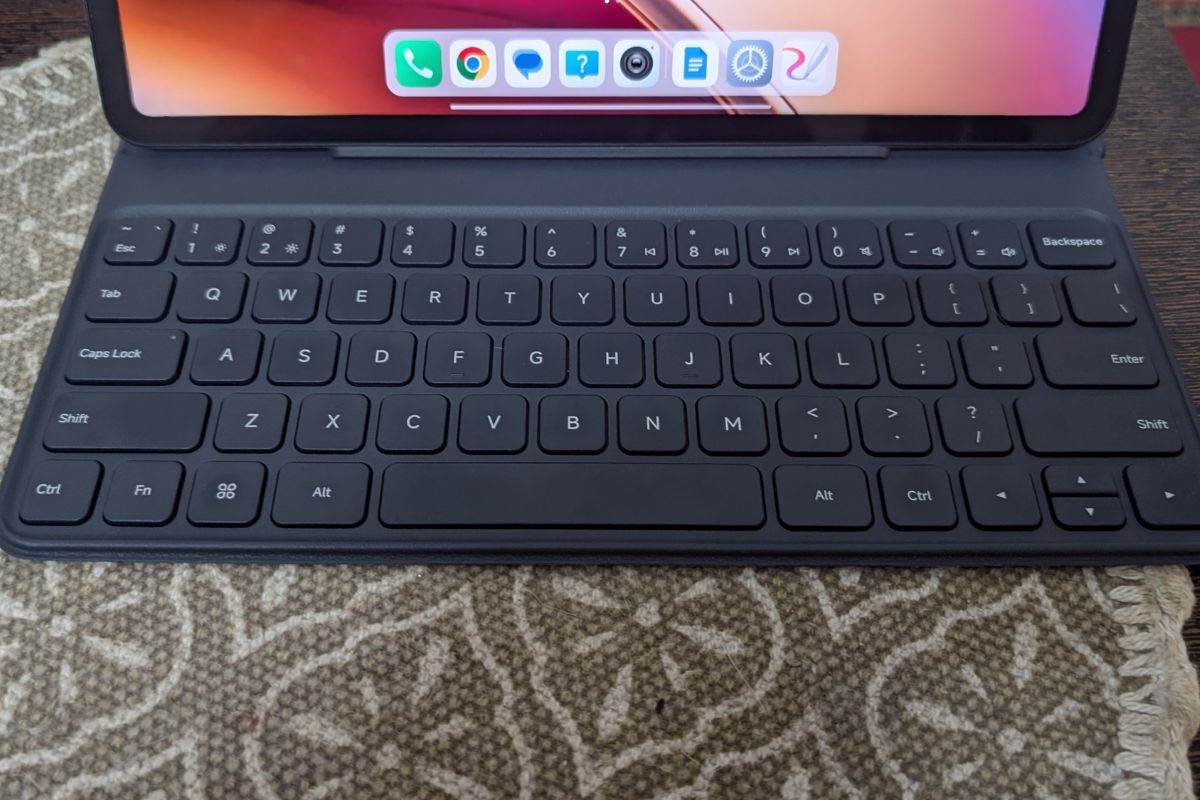
The layout is similar to Apple’s Magic keyboard and doesn’t get a trackpad so you can pair it with an external mouse in case you find the touch screen part tedious. Some of the third-party integration is amiss which we hope can be fixed with an update.
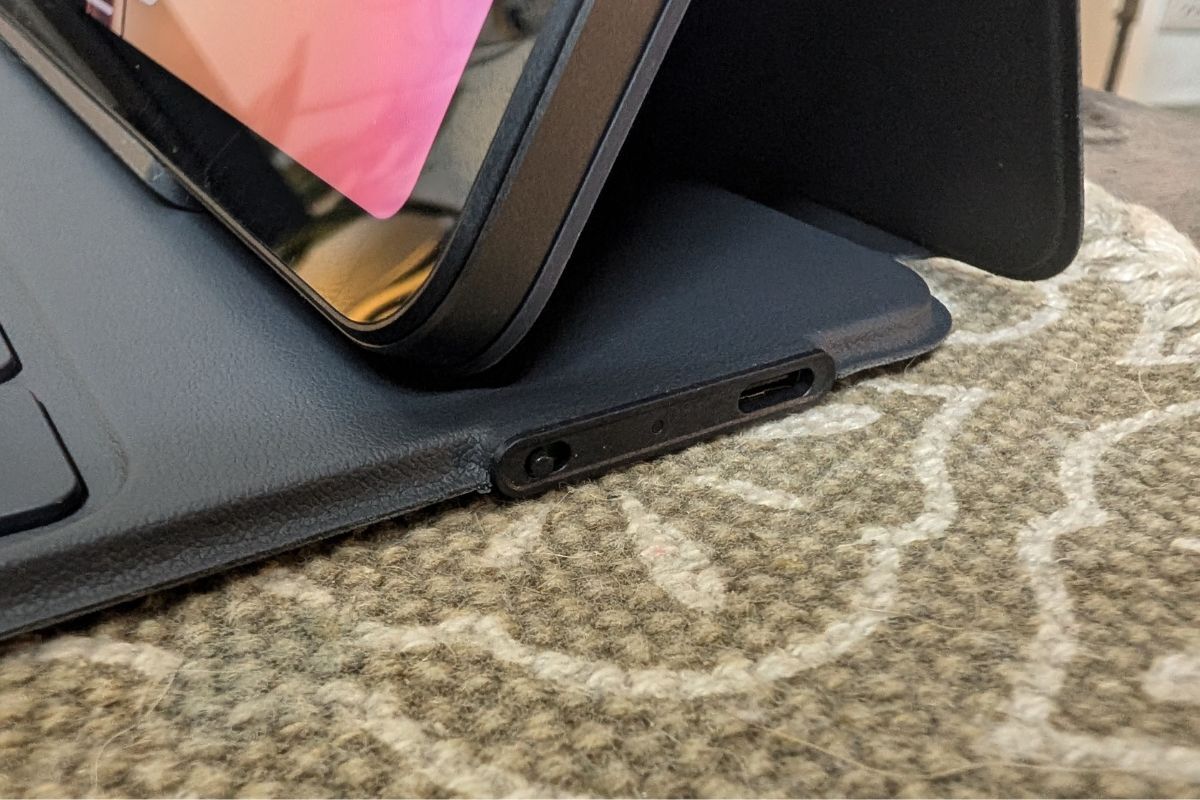
The other notable thing about the keyboard is that you need to charge it separately via the USB-C port on the bottom right. You will see a toggle button to power on the accessory and pair it via Bluetooth.
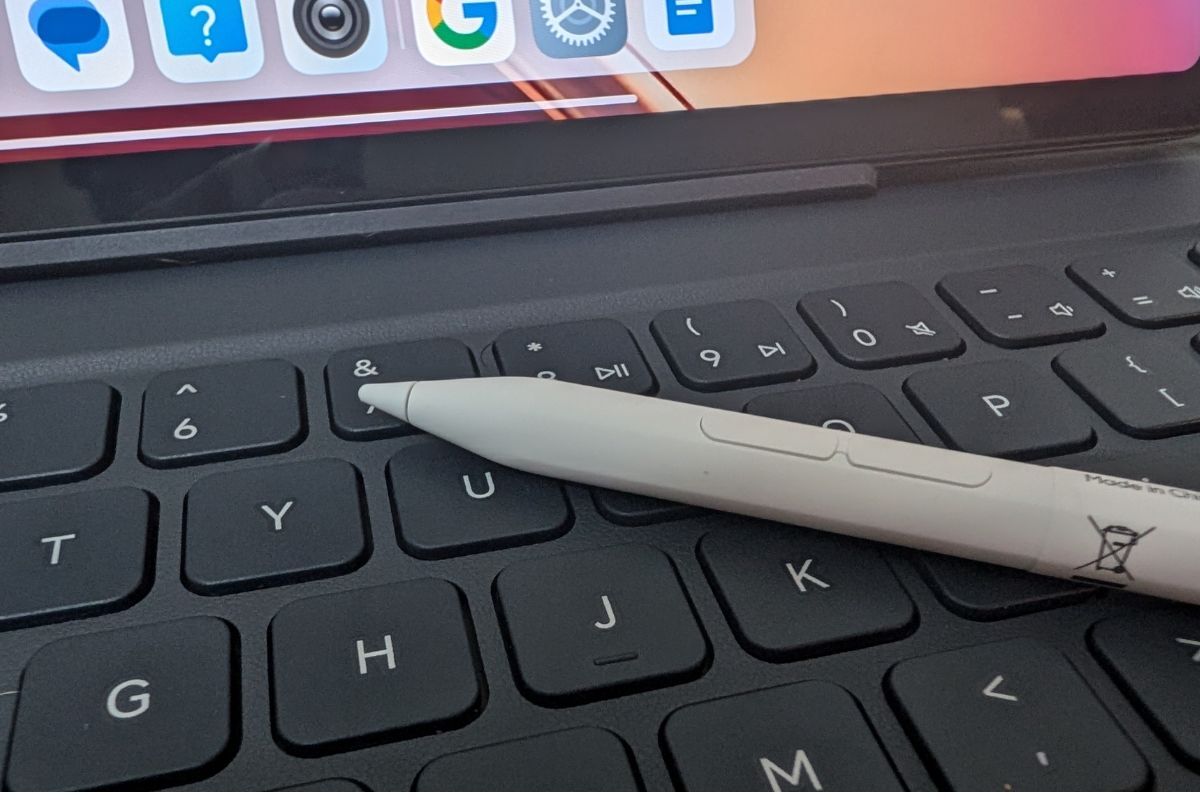
The stylus has two buttons to take screenshots and control apps on the screen. The device also needs to be charged and is not compatible through the magnetic charging setup which would have been better. The battery life on both these devices is more than adequate, so you don’t need to charge them every day.
5G On The Move
Redmi Pad Pro has the Wi-Fi and 5G variants available in the market. The base 5G model starts from Rs 24,999 which should be appealing to many who want to buy a SIM-based tablet on a budget. The 5G performance was tested using both Airtel and Jio 5G networks in Delhi and we consistently got around 120Mbps download speed. The tablet does support calling but we didn’t see the logic in using it for that purpose. Having 5G out of the box is a definite bonus for the Redmi Pad Pro.
Other Features Worth Talking About
Redmi Pad Pro gets quad speakers that are loud but the sound profile is standard. You don’t have a fingerprint sensor for security which means the PIN and Face unlock are your only options on the tablet.














Comments
0 comment